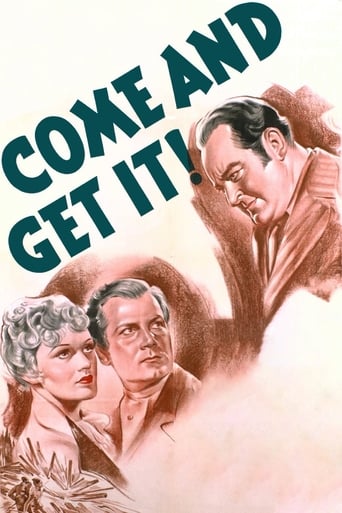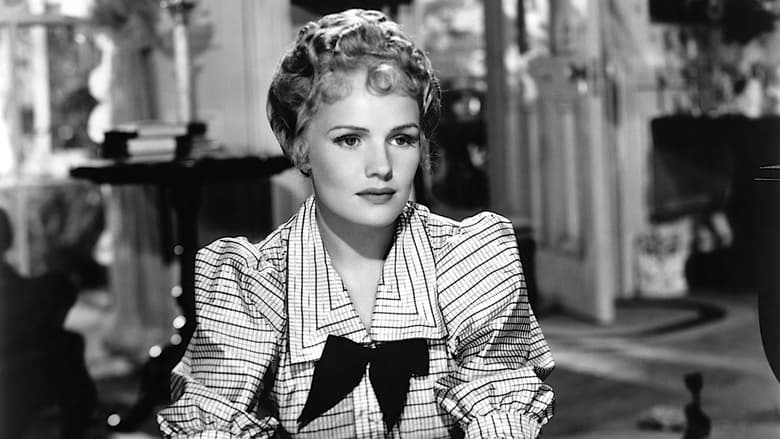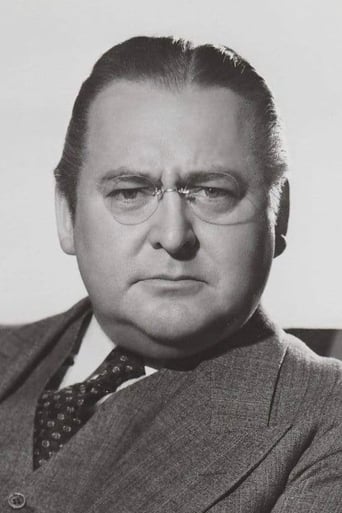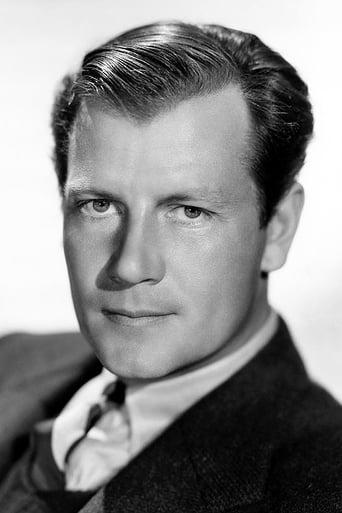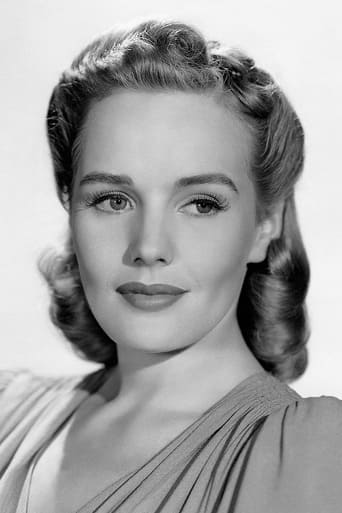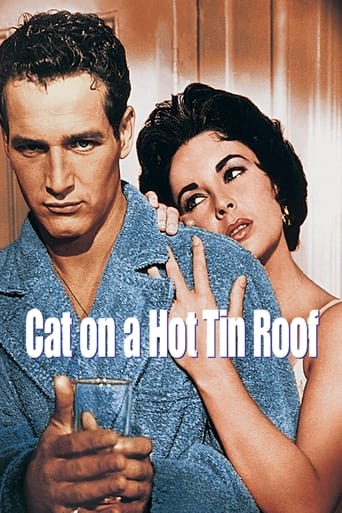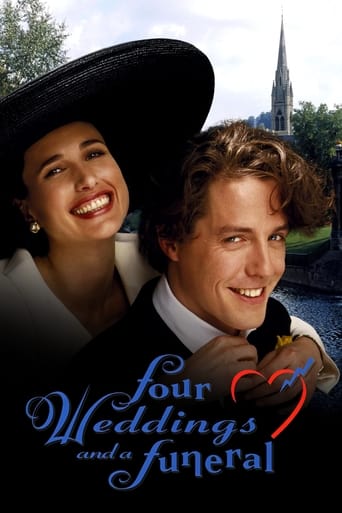Come and Get It (1936)
An ambitious lumberjack abandons his saloon girl lover so that he can marry into wealth, but years later becomes infatuated with the woman's daughter.
Watch Trailer
Cast
Similar titles
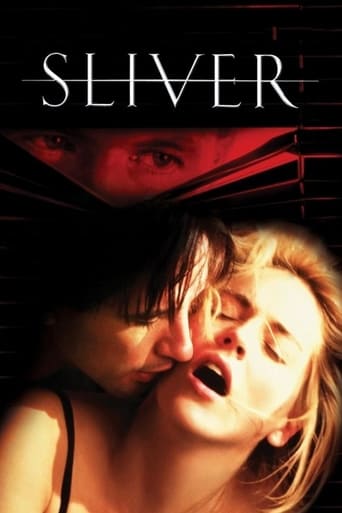

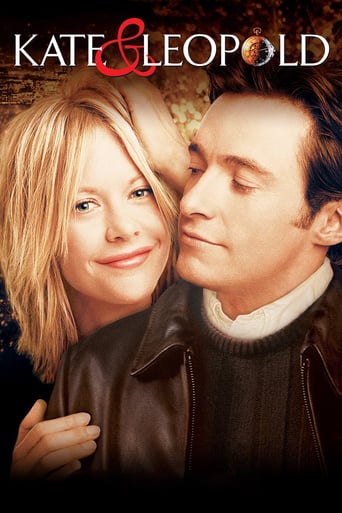
Reviews
Simply Perfect
A great movie, one of the best of this year. There was a bit of confusion at one point in the plot, but nothing serious.
It is a whirlwind of delight --- attractive actors, stunning couture, spectacular sets and outrageous parties.
Each character in this movie — down to the smallest one — is an individual rather than a type, prone to spontaneous changes of mood and sometimes amusing outbursts of pettiness or ill humor.
Noteworthy for earning character actor Walter Brennan the first of his three Supporting Actor Oscars, the first year the Academy bestowed the award, this average drama also earned Edward Curtiss his only nomination for Editing. Samuel Goldwyn produced this screen version of the Edna Ferber novel which was adapted by Jules Furthman and Jane Murfin. The producer had to replace director Howard Hawks with William Wyler over storyline disagreements despite the fact that Wyler was still working on Dodsworth (1936) (also for Goldwyn); Richard Rosson directed the film's spectacular logging sequences.The story's about a tough logger boss, Barney Glascow (Edward Arnold) who treats his men to all the food and liquor they want after they bring the logs to the mill, where it's cut into lumber. Barney's best friend is Swan Bostrom (Walter Brennan). The two meet a beautiful singer named Lotta (Frances Farmer), and Barney makes a play for her before he's reminded that his boss Mr. Hewitt (Charles Halton) had promised him a partnership in the timber business if he marries his homely daughter Emma Louise (Mary Nash). Later, Lotta marries Swan.Some 20+ years later, Barney and Emma Louise have two grown children, an independent thinking son named Richard (Joel McCrea) and doting daughter named Evvie (Andrea Leeds). Richard thinks his father's practice of clear cutting without replanting is irresponsible and has other ideas that Barney rejects; Richard and Evvie's beau Tony (Frank Shields) think there's a future in paper cups. Barney goes to visit Swan, now a widower, and discovers that his old friend and lost love Lotta had a daughter, also named Lotta (and played by Farmer), that's the spitting image of her mother. He is smitten once again and his financial position enables him to spoil Swan, his niece Karie (Mady Christians), and Lotta; Barney insists on paying for Lotta's education. Naturally, Richard sees what's going on and falls for Lotta himself. Eventually, a conflict between father and son enables Barney to realize that Lotta sees him as an old man, and loves Richard.
"Come and Get It" has an unusual story and seems ahead of its time in taking a stance about the environment. It is also a chance to see Francis Farmer at her best in the only one of her movies she actually liked. Proving that blondes don't always have more fun, Francis Farmer had more drama off-screen than any character she ever played on-screen. But as "Come and Get It" reveals, she projected a strong presence and possessed beauty that would have attracted attention in any decade of cinema. Star of the film was Edward Arnold who plays entrepreneurial lumberman, Barney Glasgow, over a period of twenty years, from age thirty to fifty. Unfortunately Arnold had the sex appeal that one would expect from a balding, thick-waisted and double-chinned man of 46 – his real age. For him to convincingly play a virile thirty-year old was quite a stretch.Set in Wisconsin in 1884, Barney takes a shipment of lumber to the sawmill in Iron Ridge with the help of his friend Swan Bostrom. Walter Brennan plays Swan. Unlike Edward Arnold who always looked middle-aged, Walter Brennan always looked old. Here he looks positively ancient, despite the fact that he was only 42 at the time. The boys meet Lotta Morgan, played by Francis Farmer, the resident chanteuse at a nearby saloon. Her portrayal of Lotta, especially in her early scenes is bizarre. Chewing gum and talking out of the side of her mouth, she sings two versions of the same song. Francis Farmer had a surprisingly deep voice and the song is so slow and dirge-like that she sounds like an old Gramophone record playing at the wrong speed. Fortunately her performance becomes less affected as the film progresses.Barney and Swan fall for Lotta but she falls for Barney – thick waist and multiple chins notwithstanding. However, Barney is already engaged to the daughter of a powerful timber tycoon, Emma Louise Hewitt played by Mary Nash. Barney leaves to marry Emma, an act that will cement a financial partnership with her father, leaving Swan to break the news to Lotta. She is hurt but now also unemployed. Swan offers to marry her. Lotta accepts although Swan looks old enough to be her grandfather.Twenty years later, Barney now owns a huge paper mill, and has a son Richard, played by a youthful Joel McCrea. Barney accepts an invitation from Swan to visit him in Iron Ridge. We learn that although Lotta died some time before, Swan has a daughter who is the spitting image of her mother, also named Lotta. Francis Farmer plays both roles, bearing out an enduring Hollywood maxim that the grown-up child of a parent who dies earlier in the film should be played by the same actor. Barney falls for Lotta Bostrom, and tries to recapture the feelings he had for the mother through the daughter. Barney is ardent in his pursuit of her while Swan seems amazingly accepting of Barney's inappropriate advances towards his daughter. After Barney convinces Swan and Lotta to accompany him back to the city, she falls in love with Richard Glasgow, Barney's son. Events come to a head when Barney catches Richard with Lotta. Eventually Barney receives the long-delayed reality check he needs to bring him to his senses.Although "Come and Get It" doesn't quite fit into the mainstream of Hollywood films of the 30's, it holds up much better than most of them, and offers a rare glimpse of an intriguing and ill-fated star.
No need to repeat the plot. Fortunately Arnold delivers a rousing performance. His big personality as the lumber tycoon helps distract from certain paunchy shortcomings as a screen lover. Seeing him in passion clinches with a nubile young Farmer takes some getting used to. Happily, Farmer also shines, especially in the saloon girl part, before giving way to a more routine turn as the daughter.According to film historian David Thomson, Farmer's performance was affected by Hawks' replacement by Wyler as director. Apparently, she and Hawks were more than sympatico off the set. So, Thomson's account goes, Hawks brought on writer Furthman to slant the film towards his beauteous blonde, thus causing novelist Ferber to complain to head honcho Goldwyn, resulting in Hawks' departure and a feud between Farmer and Wyler. I mention these behind-the-scenes shenanigans to maybe account for some of the plot's half-digested elements and Farmer's noticeable downturn.Nonetheless, it's still a compelling movie, thanks mainly to Arnold's dominating presence that holds the various threads together. I also like the logging footage, which lends a dramatically realistic air to Glasgow's empire. Then there's Lotta's haunting rendition of "Aura Lee", which evidently Farmer herself crooned. However, I'm still trying to figure out the title that appears to have little resemblance to the storyline. But however you cut that or the purported intrigues, it's still a dynamic movie.
Old fashioned to be sure, but this film version of the Edna Ferber novel boasts some great film acting by Edward Arnold and Frances Farmer (in a dual role).Story has the ruthless Arnold working his way up in the Wisconsin lumber business, grabbing at everything in sight, including saloon gal Farmer. He seems to care about nothing but getting ahead. When he gets the chance to marry the boss' daughter (Mary Nash), he dumps Farmer and moves on.Twenty year later, he has it all plus two children: Joel McCrea and Andrea Leeds. By chance he runs into old pal (Walter Brennan in his first Oscar win) who married Farmer. She's dead but her daughter (Farmer again) lives with him along with a niece (Mady Christians). The daughter is a dead ringer for the mother, and Arnold decides to move in on her (in a last gasp at youth).But when the daughter meets McCrea, it's all over for Arnold. The father and son have a confrontation and the old man sees the light.This film offers some of the best acting of any 30s film. Edward Arnold is superb, and his final scene is just plain chilling. Farmer is glorious in her dual role, her best chance at film stardom (that never happened). Also solid are McCrea, Brennan, Leeds, and Nash. Supporting cast offers Cecil Cunningham as the wise-cracking and wise secretary.The film may set a Hollywood record in listing THREE directors. Both Howard Hawks and William Wyler are listed as co-directors while Richard Rosson is credited with the timber scenes (which are great).Worth a look for Frances Farmer and Edward Arnold!
